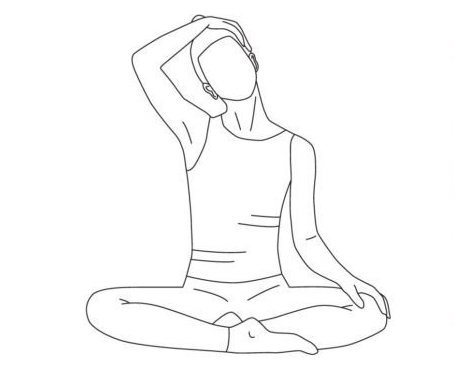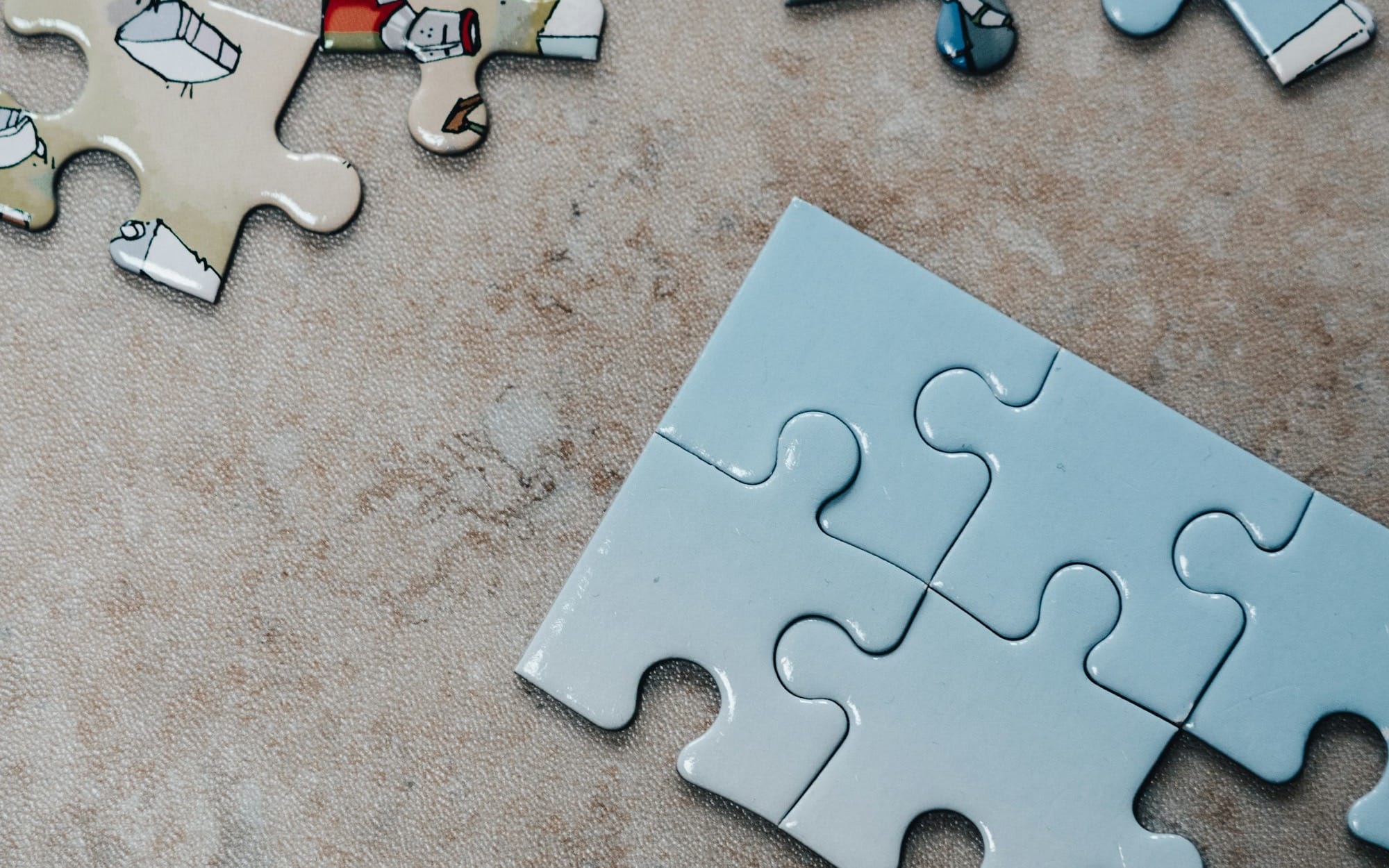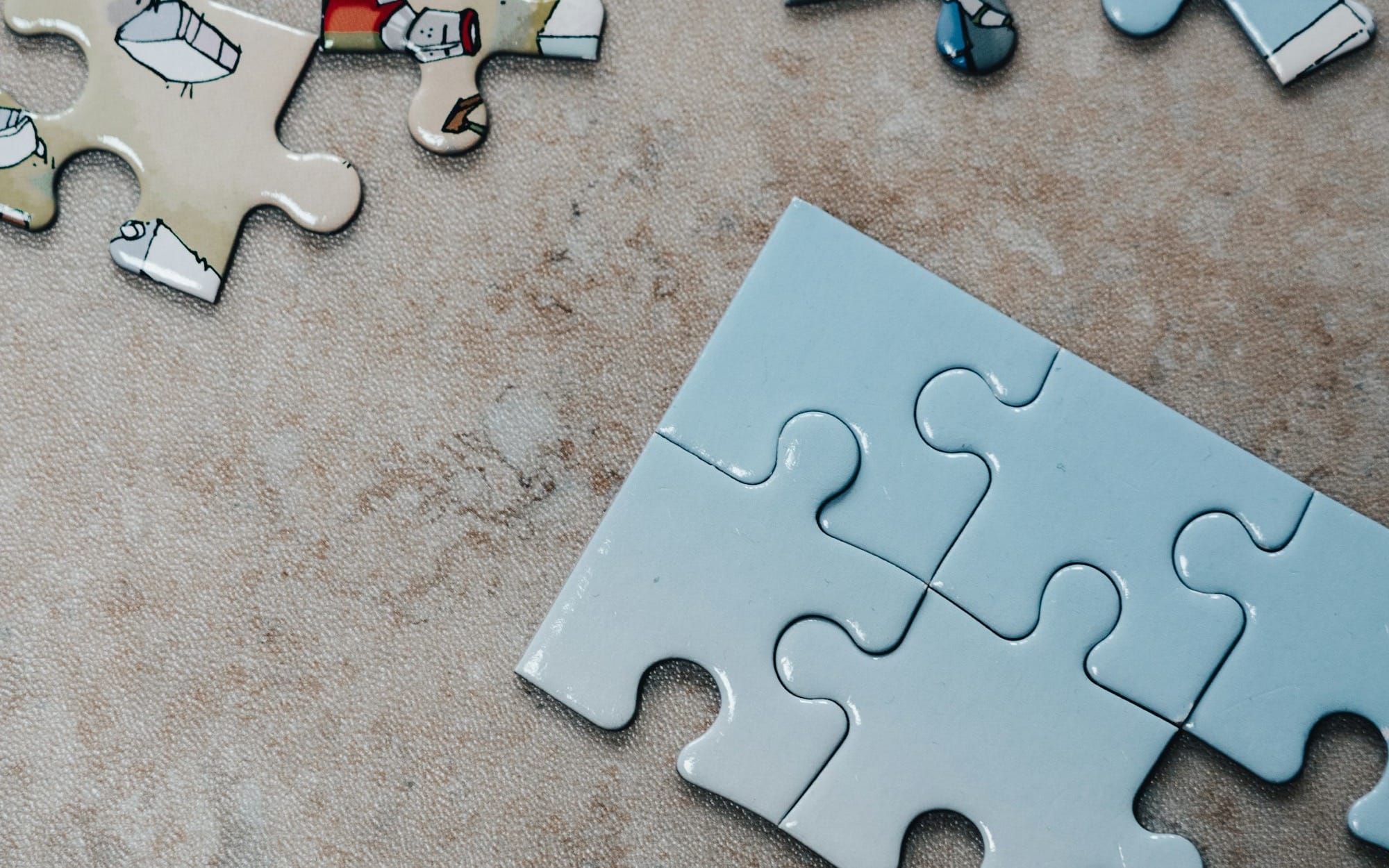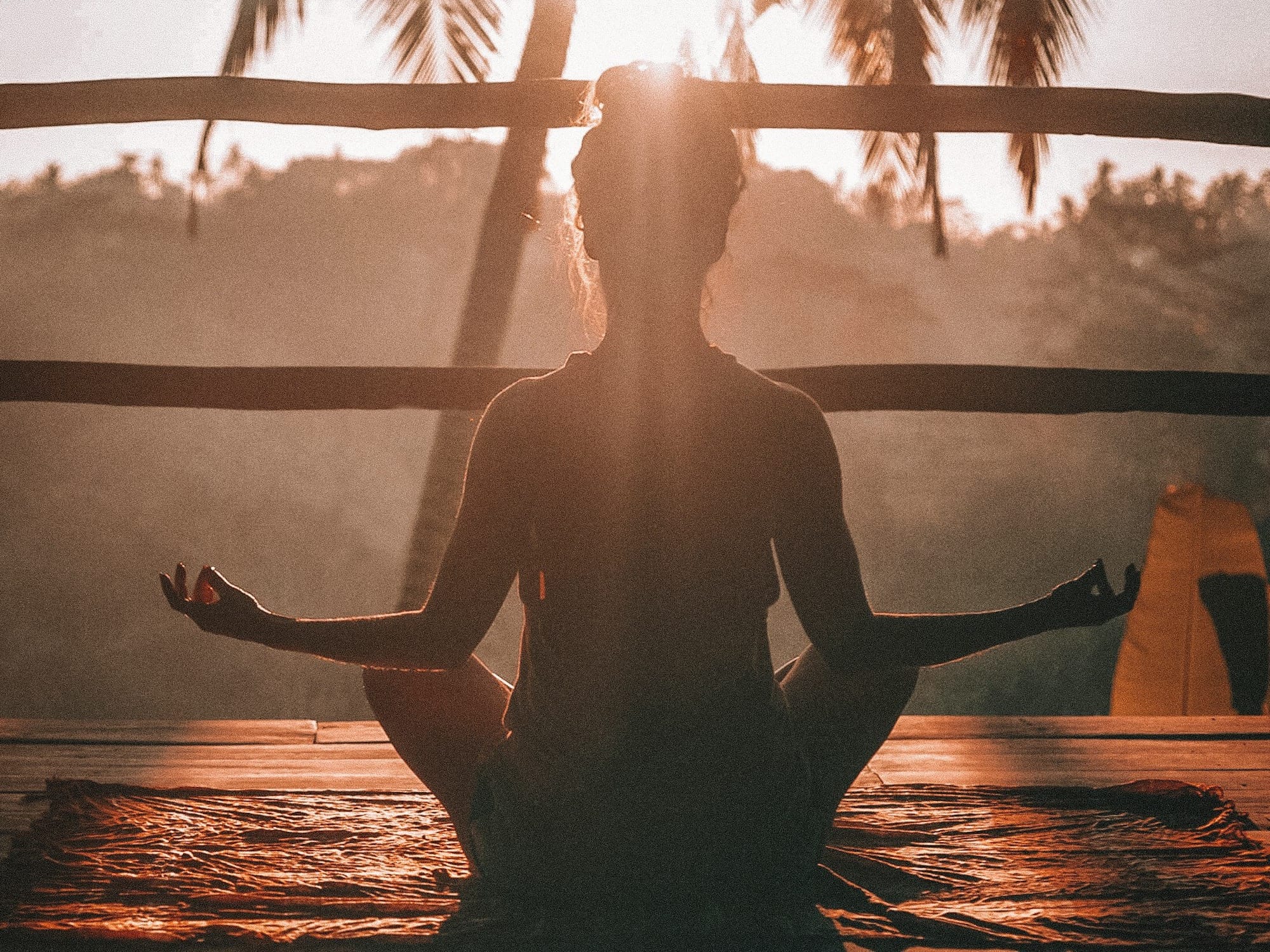DNF Puzzles | Stretching to Enhance Flexibility in DNF
Flexibility is key in Dynamic No Fins, improving glide, posture, and efficiency. Poor flexibility can limit movement and relaxation, increasing drag. A 15-20 min daily stretch routine can reduce stiffness, boost muscle elasticity, and even aid lung volume. Invest in flexibility!

Flexibility is a cornerstone of effective Dynamic No Fins, directly influencing your ability to glide efficiently, maintain optimal posture, and perform powerful, controlled movements.
For those who have already mastered their glide, arm strokes, and leg kicks, poor flexibility can often become the next hurdle to achieving the perfect position and movement efficiency.
Incorporating stretching into your daily routine can help address stiffness, improve muscle elasticity, and enhance your overall performance in the water.
Why Stretching Matters in DNF
In Dynamic No Fins, tight or stiff muscles can prevent you from achieving a streamlined position, reduce movement range, and hinder your ability to relax. These issues can increase drag and waste energy, negatively impacting your overall performance. By improving your flexibility, you can:
- Enhance Movement Efficiency: Flexible muscles allow smoother and more fluid movements, improving arm strokes and leg kicks.
- Reduce Drag: A more streamlined posture minimises resistance in the water.
- Promote Relaxation: Stretching relieves muscle tension, helping you stay calm and composed during dives.
Key Areas to Stretch
To build flexibility for Dynamic No Fins, focus on these muscle groups:
- Chest, Arms and Shoulders: These muscles are essential for achieving a hydrodynamic position. Greater range of motion enhances arm stroke efficiency.
- Legs and Hips: Flexibility here supports smooth and powerful kicks. It also supports more hydrodynamic position and better glide.
- Neck and Back: Improves posture and ensures relaxation during dives.
- Feet and Palms: Often overlooked, these smaller muscles contribute to glide and propulsion.
My Daily Stretching Routine
I dedicate 15-20 minutes daily to stretching, focusing on the muscles most involved in my DNF training. I use resources presented below and incorporate them into my stretching sessions:

ECHO basic stretching for freediving
Stretching for Dynamic No Fins
Pre training Stretching for Dynamic No Fins
Morning stretching for freediving
The Benefits
Since incorporating daily stretching into my routine, I’ve noticed significant improvements:
- Improved Flexibility: My movements feel smoother, and I can maintain a better streamlined position.
- Enhanced Relaxation: Stretching helps me release tension and approach dives with a calm mindset.
- Greater Efficiency: Flexible muscles allow me to conserve energy during arm strokes and leg kicks.
Flexibility to Increase Lung Volume
Stretching also plays a vital role in increasing lung volume by improving the flexibility of the rib cage and chest. While this aspect will get a dedicated DNF puzzles post, it’s worth mentioning that targeted stretches for these areas can help you take deeper, fuller breaths, extending your dive time.
Final Thoughts
Flexibility is not just a supporting element in freediving—it’s a foundation for success. By committing to a daily stretching routine, you can overcome stiffness, boost efficiency, and enhance your overall comfort and performance in the water. Whether you’re a seasoned freediver or just starting your journey, stretching is an investment in your growth.
Have a go-to stretch or a flexibility tip? Share it in the comments—I’d love to hear what works for you!
If you enjoy my blog and find the content helpful, consider supporting me with a one-time tip





